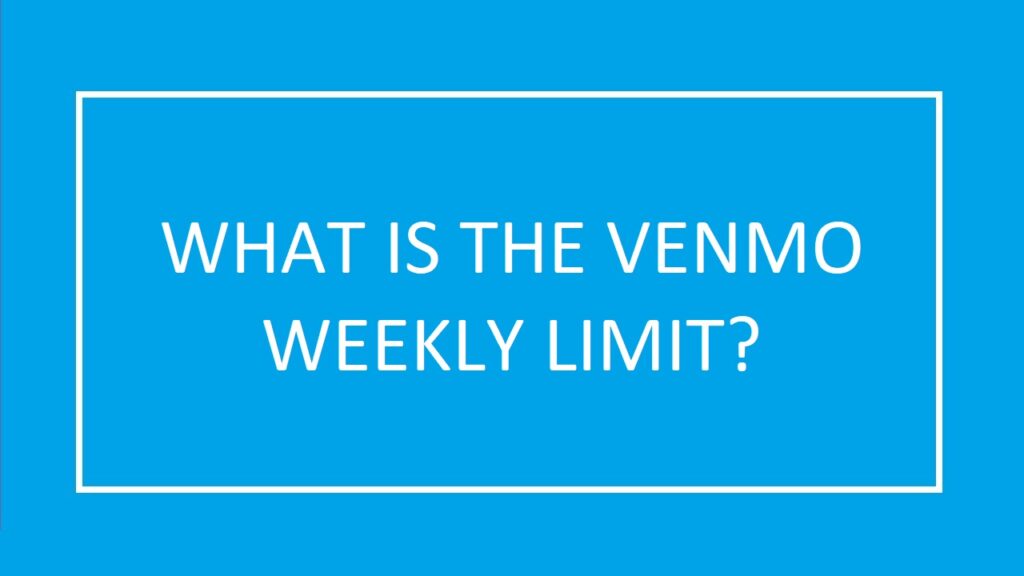
Conceptual Art A Paradigm Shift in Modern Creativity
Conceptual art blog has emerged as a significant and thought-provoking movement within contemporary art. It challenges traditional notions by prioritizing ideas and concepts over the final visual outcome. This unique approach allows artists to explore complex themes and push the boundaries of artistic expression.
The Mind as the Canvas
Contents
Unlike conventional art forms, which often rely on technical mastery and visual aesthetics, conceptual art aspires to ignite intellectual engagement in the viewer. Artists employ various mediums such as photography, installations, performances, and even language itself to reinforce their ideas and induce critical thinking.
Conceptual artists seek to expand the boundaries of artistic expression by transgressing the confines of conventional materials. In doing so, they dismantle the hierarchical structures that have historically dominated the art world, encouraging a more inclusive and diversified approach to creativity.
Breaking Free from Physical Constraints
Conceptual art allows artists to transcend the limitations of traditional art forms by emphasizing the power of ideas and concepts. By shifting the focus away from the tangible form, artists can address compelling social, political, and cultural issues through their artwork, initiating meaningful conversations and provoking critical reflection in viewers.
For instance, artists like Joseph Kosuth employ language as a primary medium to dissect the relationship between words and their perceived meanings. Through his work, he challenges conventional interpretations of language, urging viewers to question the inherent linguistic structures that shape our understanding of reality.
The Role of the Viewer
Conceptual art firmly places the viewer at the forefront of the creative process. The interpretation and understanding of the artwork become an integral part of its realization. As such, audiences are encouraged to actively engage with the ideas and concepts presented, effectively becoming co-creators of meaning.
This collaborative relationship between artist and viewer underscores the participatory nature of conceptual art. It invites individuals to explore the limitless possibilities of interpretation, sparking a diversity of perspectives and discourse surrounding the artwork and its underlying themes.
Challenging Conventions and Expanding Horizons
Conceptual art serves as a catalyst for reevaluating the traditional definitions of art and creativity. By challenging established practices and expectations, this movement disrupts the status quo, paving the way for new forms of artistic expression to emerge.
This radical departure from the visual aesthetics in favor of intellectual engagement and idea exploration paves the way for novel possibilities. Artists find themselves freed from the inherent constraints of representation, opening up a world of unbounded creativity and innovation.
The Enduring Influence of Conceptual Art
Conceptual art blog continues to shape the artistic landscape, challenging conventions and expanding the conceptual borders of creativity. By prioritizing ideas and concepts over material form, this movement has ignited a shift in contemporary art, allowing for profound contemplation and reshaping our understanding of what art can be.








